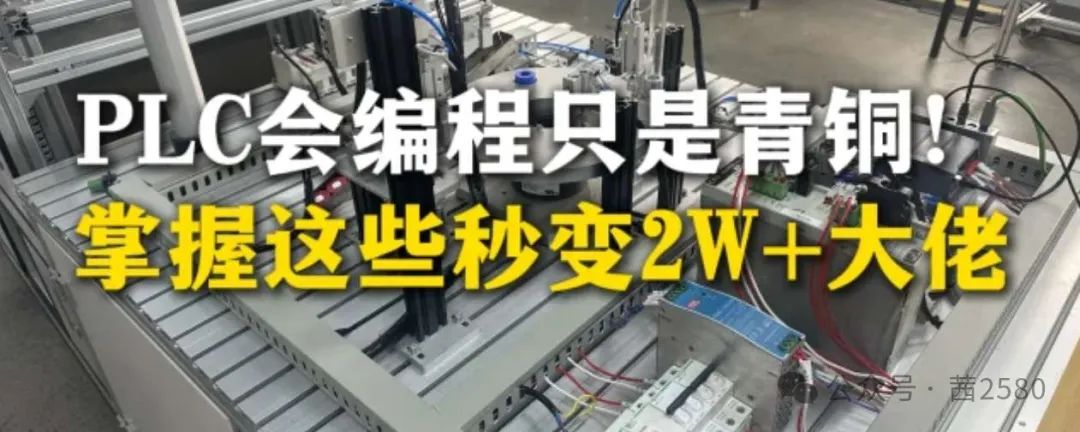

PLC Data Analysis: Real-Time Communication Data Analysis and Network Health Visualization!
Estimated reading time: 5 minutes
>
Have you encountered these issues?
– How to monitor PLC communication data in real-time?
– Difficulties in locating network faults?
– Inability to visually display system operation status?
– Data analysis reports cannot be generated automatically?
⚠️ Industry Pain Points
- 1. Delayed communication data collection leads to slow fault response
- 2. Difficulty in quantifying network health results in low maintenance efficiency
- 3. Non-standardized data analysis methods lack standardized solutions
🎯 Key Points of This Article
- 1. Quickly build a PLC communication monitoring system
- 2. Achieve network health visualization
- 3. Establish an automated data analysis process
▎ Step 1: Building the Communication Data Collection System
Core Technical Points: Based on the OPC UA protocol, build an efficient data collection system to achieve millisecond-level data updates.
📋 Key Operations:
- Configure OPC UA server parameters
- Set data sampling period (recommended 100ms)
- Establish a data caching mechanism
💡 Expert Tip: Use acircular buffer storage method to effectively prevent data loss.
▎ Step 2: Implementing Network Health Monitoring
Core Technical Points: Achieve real-time monitoring of network status throughheartbeat packet detection and response time analysis.
📋 Key Operations:
- Deploy network monitoring points
- Configure alarm thresholds
- Implement automatic alarm notifications
▎ Step 3: Data Visualization Display
Core Technical Points: Use web technologies to build a real-time data display platform.
📋 Key Operations:
- Select appropriate chart types
- Set refresh frequency
- Configure data filtering conditions
⚠️ Note: Data display delay should not exceed 500ms, otherwise it will affect decision-making efficiency.
📊 Practical Application
A case study from a smart factory: This solution achieved24-hour monitoring of device communication status, reducing fault response time from an average of 30 minutes to 5 minutes.
❓ Troubleshooting
Q1: How to handle data collection anomalies?
A1: It is recommended to configure adata validity verification mechanism to automatically mark and alert invalid data.
Q2: How to handle network fluctuations?
A2: Setdynamic fault tolerance thresholds to avoid false alarms.
💻 Brand Compatibility Points
- Siemens S7 Series: Supports PROFINET protocol, high data collection stability
- Mitsubishi Q Series: Achieves high-speed data transmission via CCLink IE
- Rockwell CompactLogix: Supports real-time data collection via EtherNet/IP protocol
📝 Summary
- 1. A scientific data collection solution is the foundation for stable system operation
- 2. Real-time monitoring and visualization are key to improving maintenance efficiency
- 3. Standardized analysis processes ensure long-term reliable system operation